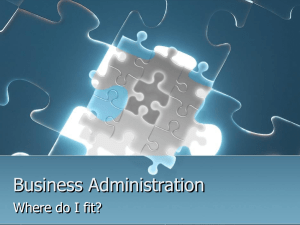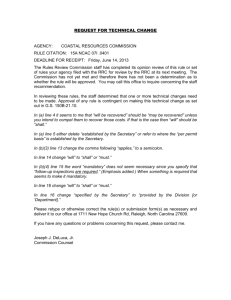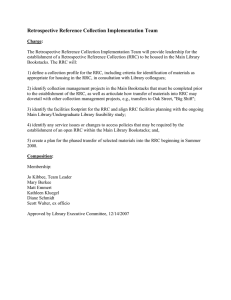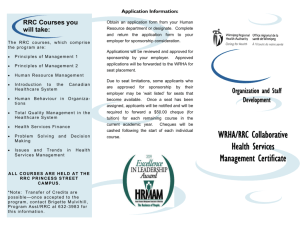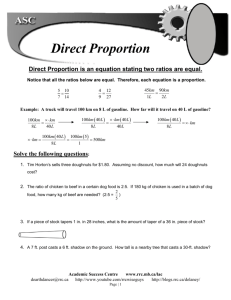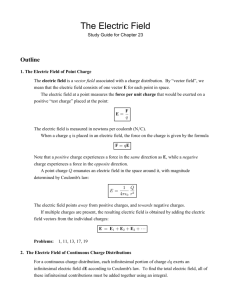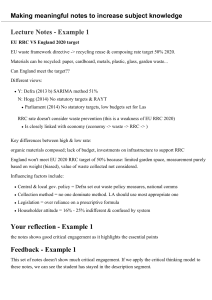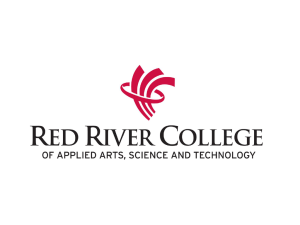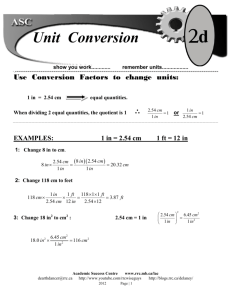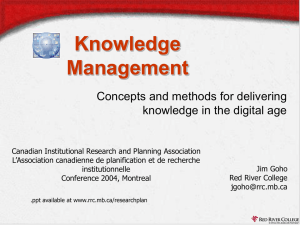RESOURCE-RRC-powerpoint
advertisement
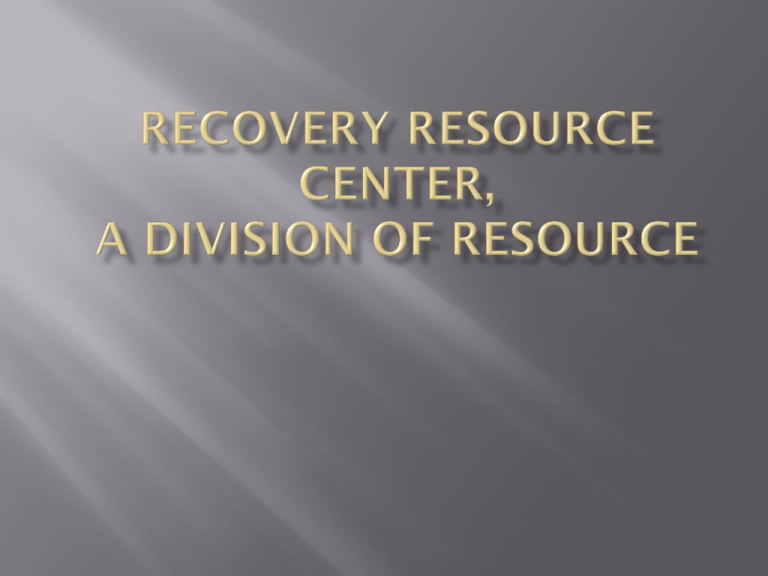
Agenda: Welcome & Introductions Brainstorm…Your experience with RRC participants Purpose of Session About RRC The culture and experience of participants/ clients Discussion Strategies for positive outcomes & engagement What has your experience been with RRC participants? What have you always wondered about when you think about what RRC does? Any questions you would like answered today? The purpose of the session with the RESOURCE administration diversity group is to share about the RRC commitment to diversity, community served, and share strategies for positive outcomes by participants/ clients , staff, and community RESOURCE empowers people to achieve greater personal, social, and economic success. Our Commitment: Undoing Racism & Promoting Diversity Discover Your Potential; Achieve Your Dreams Mission is Achieved through the four centers of RESOURCE: Spectrum Community Mental Health, Recovery Resource Center, Employment Action Center, Minnesota Resource Center Recovery Resource Center (RRC), a division of RESOURCE, is a community-based behavioral health and recovery services provider specializing in clinical treatment, recovery maintenance, and supportive services for men, women, and families who have a significant history of chemical dependency relapse and co-occurring mental health issues, as well as serving women, men, and families with a history of homelessness. RRC maintains a staff of approximately 55 FT & PT staff and 15 on call staff RRC maintains treatment clinicians, mental health professionals, RN, psychiatrist, employment counselors, recovery coaches, housing support, family support, office support, etc Management team maintains 1 Director, 2 Program Directors, 6 Client Services Supervisors, 2 Coordinators, and 1 Operations Manager Demographics Gender, socioeconomics, race, ethnicity, previous treatment participation, criminal history, homelessness status Resiliency & Strengths Undoing Racism & Promoting Diversity SAMHSA Definition of Recovery A process of change through which individuals improve their health and wellness, live a self-directed life, and strive to reach their full potential. Health : overcoming or managing one’s disease(s) as well as living in a physically and emotionally healthy way; Home: a stable and safe place to live; Purpose: meaningful daily activities, such as a job, school, volunteerism, family caretaking, or creative endeavors, and the independence, income and resources to participate in society; and Community : relationships and social networks that provide support, friendship, love, and hope. Stages of Change -meeting clients/ families where they are at & recovery is a process/ journey Center wide evidence based practices include Motivational Interviewing and Trauma Informed Care Examples of program/ service specific EBP include: Seeking Safety, Celebrating Families, T4C, Nurturing Parenting, Highreach Learning Assessment & Intake Services (Rule 25) Walk in and appointment assessment services are provided to assist individuals in accessing treatment services. Offered Monday – Friday. Orientation Groups and Individual sessions provided to highlight services Engagement Group provided to participants to help increase support and participation in recovery Outpatient, Outpatient plus recovery housing, Family Residential Treatment Licensed by Minnesota DHS as rule 31 chemical dependency treatment providers and certified in treatment for co-occurring chemical dependency and mental illness Reduce barriers to recovery and increasing recovery outcomes and quality of life by providing treatment support and recovery maintenance services. Services address: chemical health, physical health, mental health, obtaining and/or maintaining permanent employment, maintaining stable housing, developing community support networks, -Transitional Housing -Employment Readiness Services -Child Development -Parenting & Family Services -Culturally Specific Services -Access & Linkage to Services -Therapy -Medication Assessment -Medication Management Services -Peer Support -Linkage to Community Support & Resources -Recovery Coaching & Peer Mentoring -Health Education & Nursing Services -Transportation Assistance -Financial Assistance - Lifestyle Recovery Open-access and open-door services including a multiservice continuum of care (assessment, treatment, recovery maintenance, and supportive services) Individualized treatment planning Commitment to hiring and retaining a diverse staffing pattern: Staff: 54%; Management: 54% Program design and development of culturally-responsive services: based on client feedback, staff feedback, etc. Evidence-based practices: RRC has identified and selected evidence-based practices based on effectiveness with diverse communities (example: motivational interviewing) Family outpatient and residential treatment – the only provider in Minnesota to accept children up to age 17 Specializing in working with clients with a history of relapse, recidivism, and chronic homelessness Child Development and Family services History of collaboration with community partners Participant in Trauma Informed Care Learning Community 2012 recipient of the Circle of Excellence Award from Minnesota Department of Human Services for high quality services for public funded clients and innovation and excellence in the areas of co-occurring treatment and family recovery services. Undoing Racism & Promoting Diversity Committees: Facilities Committee: Focused on ensuring the RRC facility and transitional housing are representative of diversity. Outreach Committee: Focused on gathering diverse resources for our clients and community, and bringing them back to the team. Staff Education Committee: Focused on developing staff diversity education training. Participant Education Committee: Focused on developing participant diversity education training. Racial Disparities Committee – Focused on exploring, identifying and decreasing racial disparities in Treatment services. Culture Diversity Streets Poverty Race Trauma Resiliency Strategy Overview Discussion
